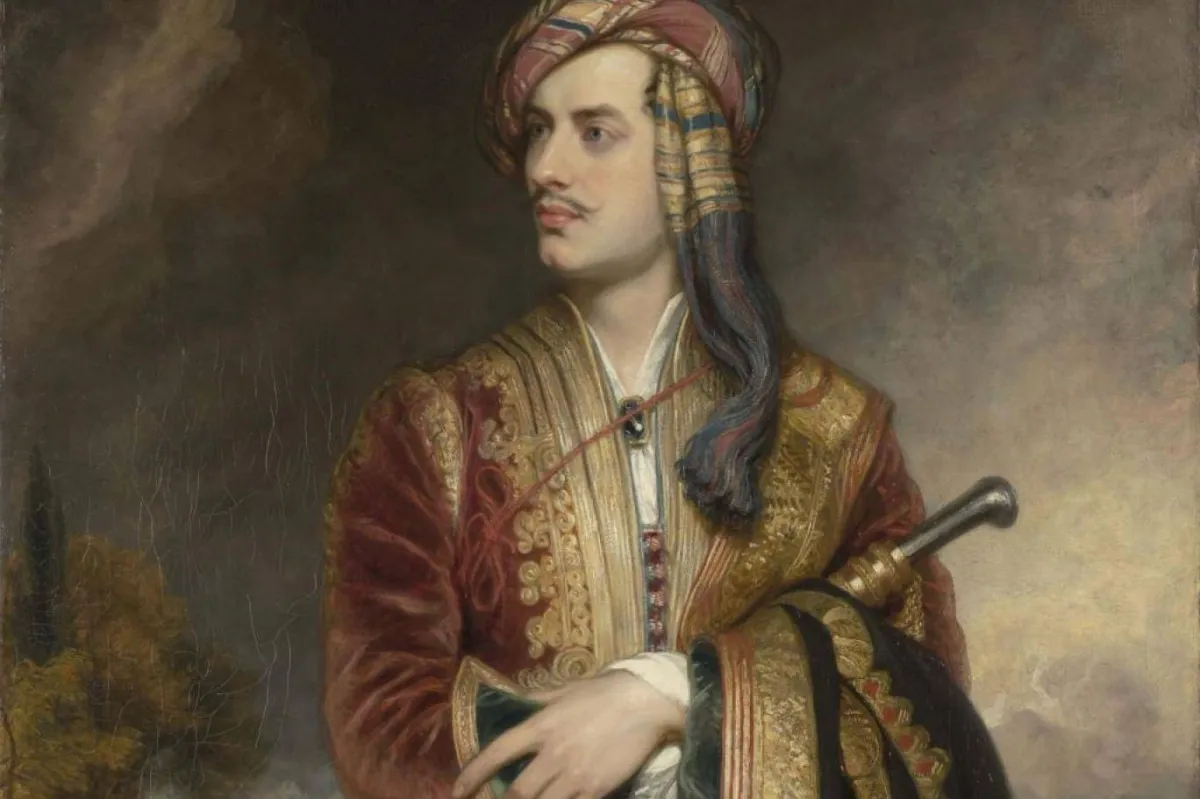Introduction to Romanticism
The concept of romanticism is often associated with poets and artists who express the deepest feelings of the soul in relation to the outside world. This movement is characterized by a striving for freedom, a rejection of pressure and standards, and an attraction to nature. The world would have been much poorer without the contributions of poets like Kereron, Wordsworth, Coleridge, Hayni, and November, and artists like Kagoya, Willim Blake, Dolkro, and Condestaba.
The Birth of Romanticism
Romanticism was born out of two main factors: the aversion to the industrial revolution and the conviction that the enlightenment and the arbitration process of the spirit were attacking the original and inherent person. This movement was a reaction against the cold, abstract ideas of the enlightenment, which were seen as lacking passion and emotion. The romanticists sought to escape the reality of the city, industry, and enlightenment, and to fall back on nature or intimate itself.
The German Romantic School
Germany was a key player in the development of the romantic school in Europe. The country’s delayed industrial revolution and lack of colonies meant that it had a unique perspective on the world. The Germans had a deep appreciation for nature, language, and spirituality, which was reflected in their art and literature. The poet Goeth wrote, "Germany? Where is it not where you can find such a country!" This sense of disconnection from the rest of the world contributed to the growth of romanticism in Germany.
The Influence of Jean-Jacques Rousseau
The French philosopher Jean-Jacques Rousseau had a significant impact on the development of romanticism in Germany. His ideas about the "state of nature" and the "noble brutal" resonated with the Germans, who saw him as a godfather of their romantic movement. Rousseau’s emphasis on the importance of nature and the individual’s emotional response to it helped shape the romantic ideology.
Romanticism in the Arab and Islamic Worlds
In the Arab and Islamic worlds, romanticism took on a different form. The problem was not with the enlightenment or the industrial revolution, but with the West, which had imposed its own culture, organization, and administration on these regions. The Arabs and Muslims felt a sense of aversion to this new reality and a tendency to flee from it. This led to a romanticized view of the past, where everything was seen as better and more authentic.
The Consequences of Romanticism
However, this escape from reality can be catastrophic for societies and countries. The Arabs and Muslims faced a triple challenge: the superiority of the West, the confusion about their own nature, and the feeling of being defeated. This led to a range of reactions, including the desire to return to authenticity, the emphasis on nationalism, and the resort to military coups. Some even sought to flee from reality by embracing technology from the West to fight against it.
The Need for a New Perspective
To exit this situation, it is necessary to replace the opposing and fighting view of the world with an integrated view that seeks to improve conditions in a holistic way. This requires a willingness to confront painful memories and to reconcile with the fact that life is lived in the actual reality of home countries and nations. The multiple levels of belonging, including family, region, religion, and sect, can enrich individuals, but it is essential to recognize that the home country is the political level of belonging.
Conclusion
In conclusion, romanticism is a complex and multifaceted movement that has taken different forms in various parts of the world. While it can be a source of inspiration and creativity, it can also lead to a flight from reality, which can have catastrophic consequences. It is essential to adopt a nuanced and integrated view of the world, one that recognizes the complexities and challenges of the actual reality, and seeks to improve conditions in a holistic way.

